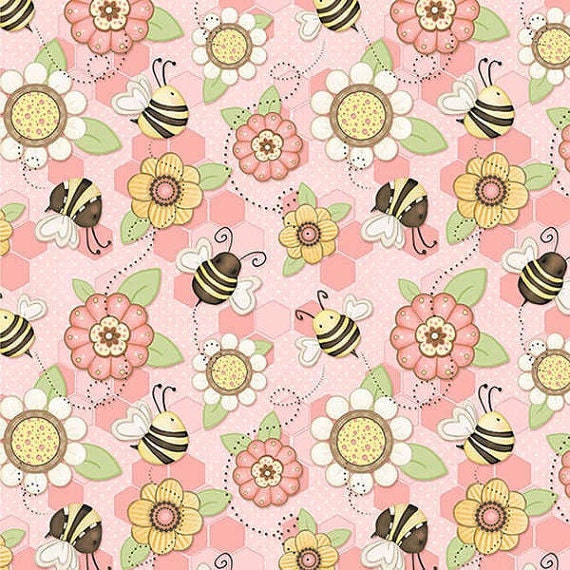
During World War II, glass glitter became unavailable so Ruschmann found a market for scrap plastics, which were ground into glitter. With his partner, Harry Goetz, Ruschmann cut mica into washers and glitter from metallized cellulose acetate film. Sometimes, the machine "stuttered" generating small pieces of glossy cellulose that employees picked up and used as "snow" to decorate their Christmas trees, and modern glitter was born. Ruschmann who invented a machine to cut photo films and paper in the 1930s. The first production of modern plastic glitter is credited to the American machinist Henry F.

The collecting and surface mining of galena was prevalent in the Upper Mississippi Valley region by the Cahokia native peoples, for regional trade both raw and crafted into beads or other objects.


People of the Americas 8,000 years ago were using powdered galena, a form of lead, to produce a bright greyish-white glittering paint used for objects of adornment. Researchers believe Mayan temples were sometimes painted with red, green, and grey glitter paint made from mica dust, based on infrared scans of the remnants of paint still found on the structures in present-day Guatemala. įrom 40,000 BC to 200 BC, ancient Egyptians, produced "glitter-like substances from crushed beetles" as well as finely ground green malachite crystal. Prehistoric humans are believed to have used cosmetics, made of powdered hematite, a sparkling mineral. However, as early as 30,000 years ago, mica flakes were used to give cave paintings a glittering appearance. The modern English word "glitter" comes from the Middle English word gliteren, possibly by way of the Old Norse word glitra. We have added white and light brown to our Starry & Houndstooth Basics and white and red to our Bubble Dot Basics.Glittering surfaces have been found to be used since prehistoric times in the arts and in cosmetics. You can tie everything together with Starry, Houndstooth, Bias Plaid, and/or Bubble Dot Basics.
#Henry gpass fabric full#
"Let the world hear you roar," you are, "Roar-some!” Dinosaurs are usually portrayed as large scary creatures, but we want to show them as bright, cheerful, and full of life! Children can come home and be reminded that they are strong, brave, dino-mite, and were “Born to Roar!” This 11 piece collection features a 24” dinosaur panel, a 24” 4-block panel, a 36” book panel, an alphabet design, a blue/teal dino allover, a red/pink dino print, a border stripe, a tropical leaf design, a word print, and a dino track print. Without her collection of antique quilts and textiles and her unwavering readiness to allow me to reproduce them, this collection would not exist. The fabric collection is named Bannard Hills, acknowledging the generosity and friendship of my friend Bev. These stripes are versatile, not only used as a stripe, but also quite useful when fussy cut within blocks for special effects. The collection includes a smaller serpentine stripe, which is a must in my fabric lines. Five beautiful companion prints in coordinating colors complete the range. This fabric is featured as a whole-cloth quilt in Bev’s collection. The third featured print is a large, unusual serpentine design.

Both prints can be cut up and rearranged creatively into Broderie Perse appliqué and used within blocks, setting squares and borders. The line includes two fabulous chintz florals, one of which would make a stunning border stripe or feature stripe within a strippy quilt. However, the decision on which fabrics to choose was difficult. Amongst the bounty, she lent me were some stunning chintz fabrics and beautiful secondary prints that would be an asset in any quilt. As a lover of early 19th century quilts and their beautiful fabrics, I was very excited when my quilting friend, Bev Bannard, offered to lend me some of her antique quilts and fabrics with permission to reproduce them.


 0 kommentar(er)
0 kommentar(er)
